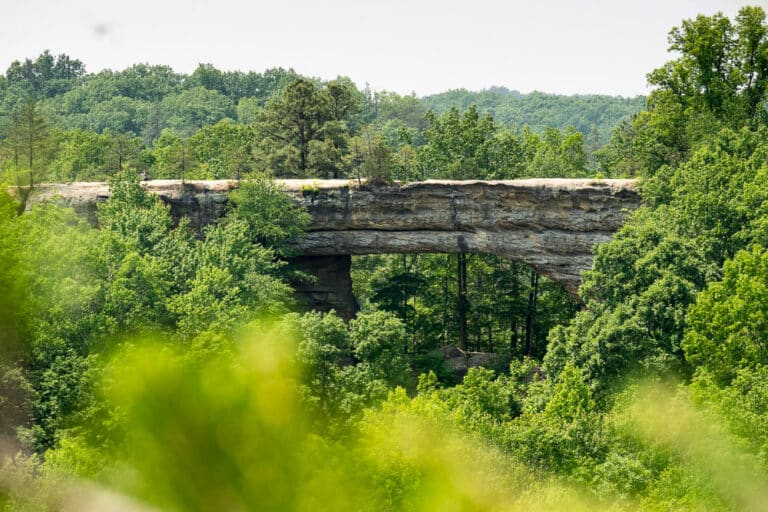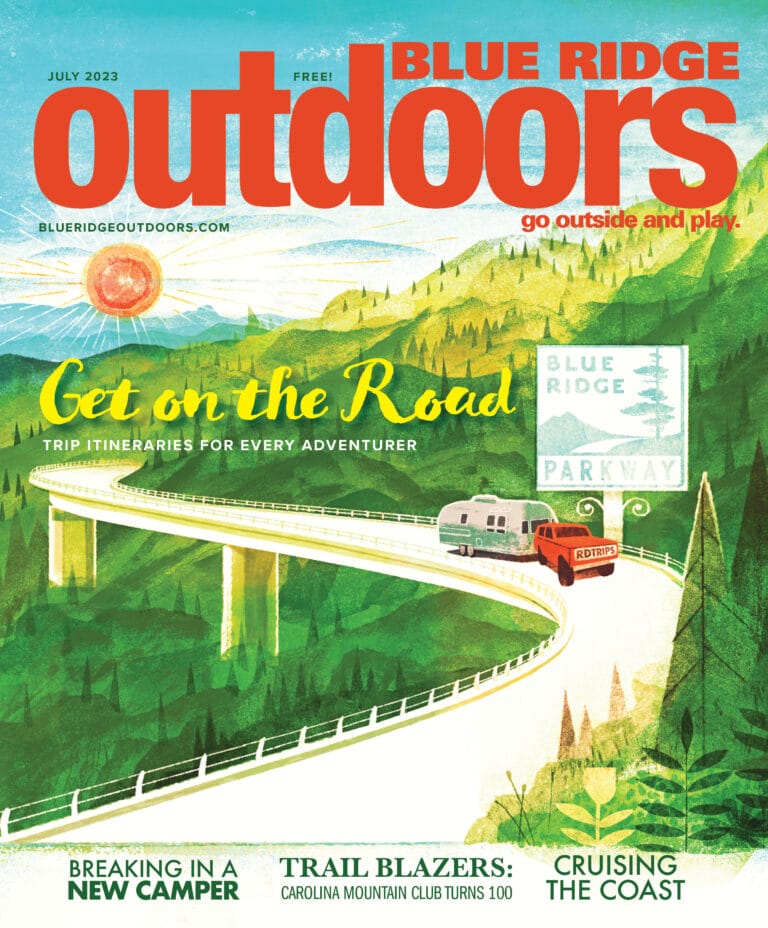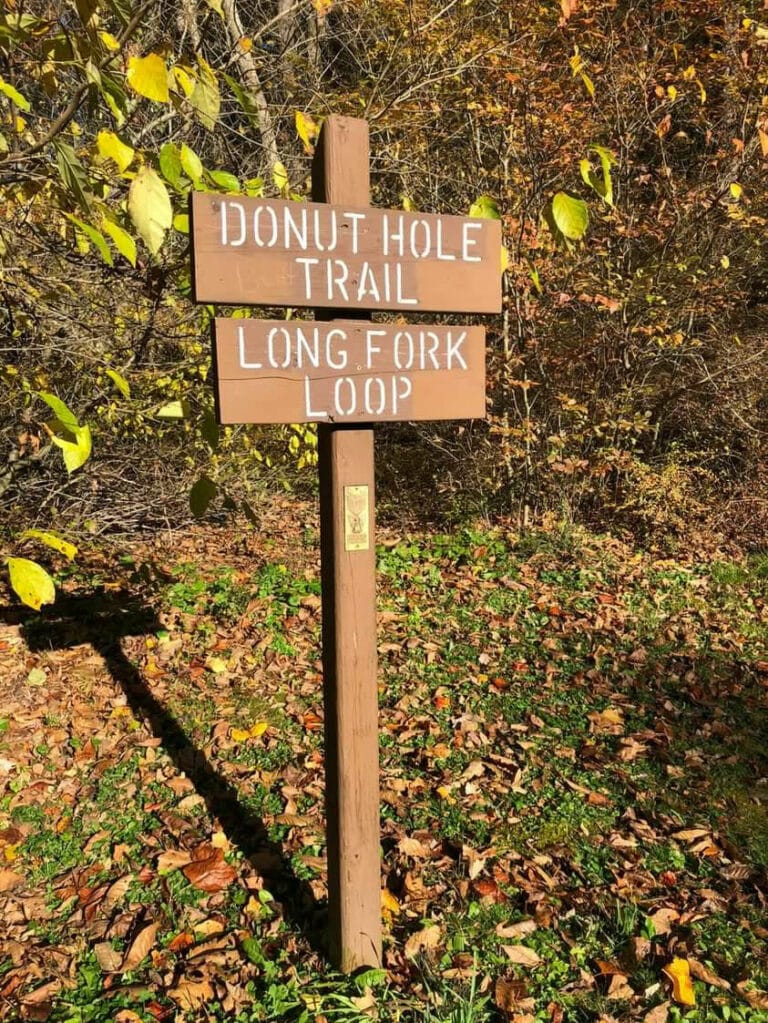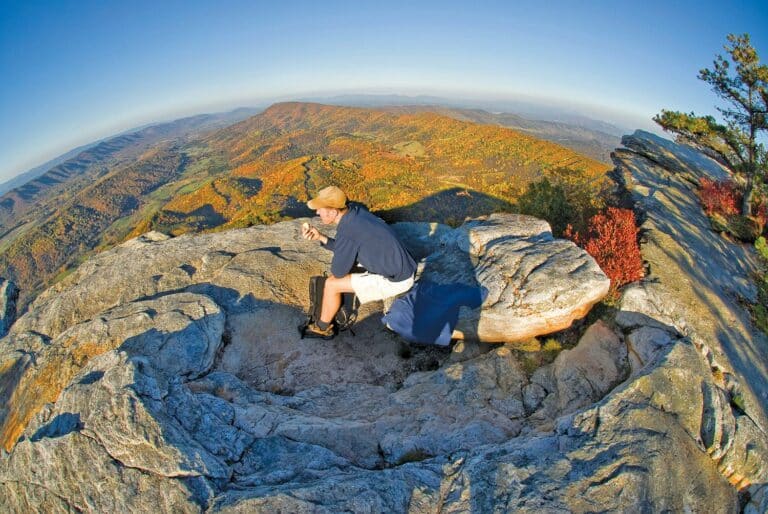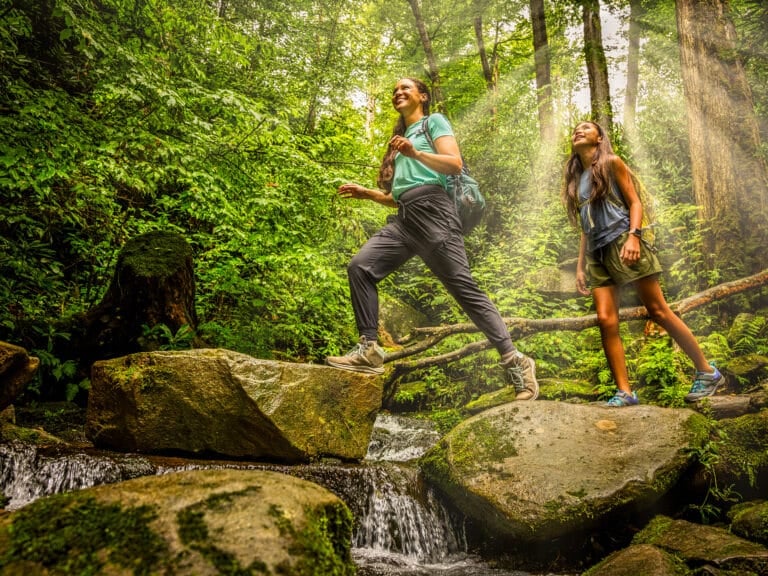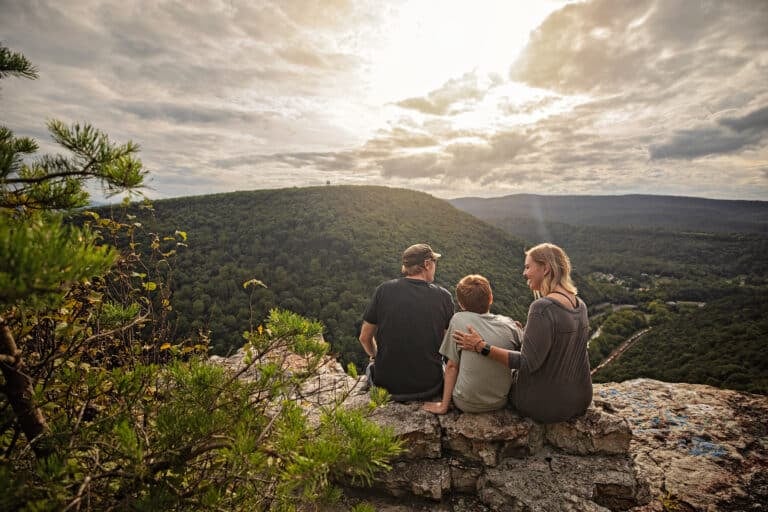The biggest curve when learning how to mountain bike, centers around the shifting – when to do it, and which gear to choose.
Shifting is dependent on what kind of shape you’re in and what kind of technical skill you’ve got, so there’s no one-way about it. Just remember that momentum is your friend. The faster you can go, the easier it is to get through roots, rocks, and back up hills. However, if you’re not strong enough to maintain a flow at higher speeds, there will be more shifting, and really a whole lot more work in general. The bike has to be worked over obstacles, rather than floated over them. When going slow, the front wheel is yanked over logs, pushed back down, and then the rear wheel lifted over that same obstacle. A little more speed and all it takes is good timing to compress the bike before obstacles, bunny hop over the obstacle, and of course a graceful land on (mainly) the rear wheel so as to avoid going over the handlebars.
My eight-year-old’s new bike has three rings on the front, like an adult bike, so there are a lot of gears from which to choose when all he cares about is the climb being over so he can shred some singletrack. Rather than attempt to verbally analyze with him the theory of shifting, I followed him down the trail shouting which hand to use, and which gear to turn into.
His tendency was to keep it in one gear, and then halfway up the hill decide he needed an easier gear, which was entirely too late to make an efficient change that wouldn’t drop or snap the chain. The key is to downshift in increments as approaching the hill, so that the slower speed is a smooth progression. Changing gears while climbing, or standing in the pedals, puts a lot of pressure on the chain and rear derailleur. Nobody likes replacing that very frequently. One clue is that you should hear the chain chunk into the next ring lightly rather than rattle, click, clang, chunk and grind.
The focus should be on flow of speed. Stopping and starting create a lot of work. Not only are you spending a lot of effort mounting and dismounting, you’re also starting over again each time with a new hill to climb. Drastically slowing down on a climb or through technical challenges requires a lot of effort as well.I never realized how much climbing there was on Inglesfield gap until I rode it slowly behind a kid. He worked his tail off. Even though I never got a cardio workout I did a lot of cranking over the hills from slow starts.
